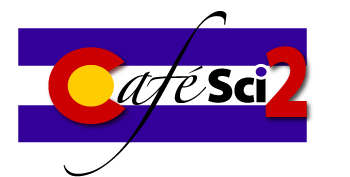|
|
|
With the green hillsides, bank-full streams, and topped-off reservoirs on the Front Range this year, itís easy to forget how dry it was in the summers of 2012 and 2013óand also that Coloradoís western slope slipped back into drought conditions this spring. Climate in Colorado, and thus water availability, varies a great deal over both time and space. To deal with this variability we have a complex water supply system: reservoirs and other infrastructure, a priority system of water rights, and arrangements to share water deliveries and shortages. Over the years, for the most part, this system has worked well. But as the extreme drought in California demonstrates, what has worked in the past may not work in the future. Growing populations and a changing climate can create gaps between water supply and demand under average conditions, and then even greater impacts when droughts occur. I will first touch on where and how Colorado receives its water, how water is allocated and used, and how we have managed for drought. Then Iíll share what we have learned from tree rings, stream gages, and climate models, and our expectations of the future of climate, water and drought in the state. Iílll end with some thoughts about what we can learn from Californiaís current water crisis, so as to avoid it. The New Yorker recently published an excellent article on the disappearing Colorado River and the drought in the western USA: "Where The River Runs Dry", by David Owen. NEW: Jeff has provided links to the resources he mentioned at his Café:Western Water Assessment (WWA) - Program homepage - Climate-related research, publications, tools, and resources for the Rocky Mountain region |

 Bio:
Bio: